The question has probably crossed your mind at least once during a hectic kitchen prep session: “Can you make mashed potatoes ahead of time?” The good news is, yes, you can! And it’s not just a matter of convenience—doing it right can even enhance the flavor and texture of this classic dish.
In this post, I’ve rounded up some useful tips and tricks to help you ace the game of making mashed potatoes ahead of time.
Related Post: How Many Potatoes For Mashed Potatoes Per Person. (Easy Scalable Formula).
Tip 1: Advantages of Making Mashed Potatoes Ahead
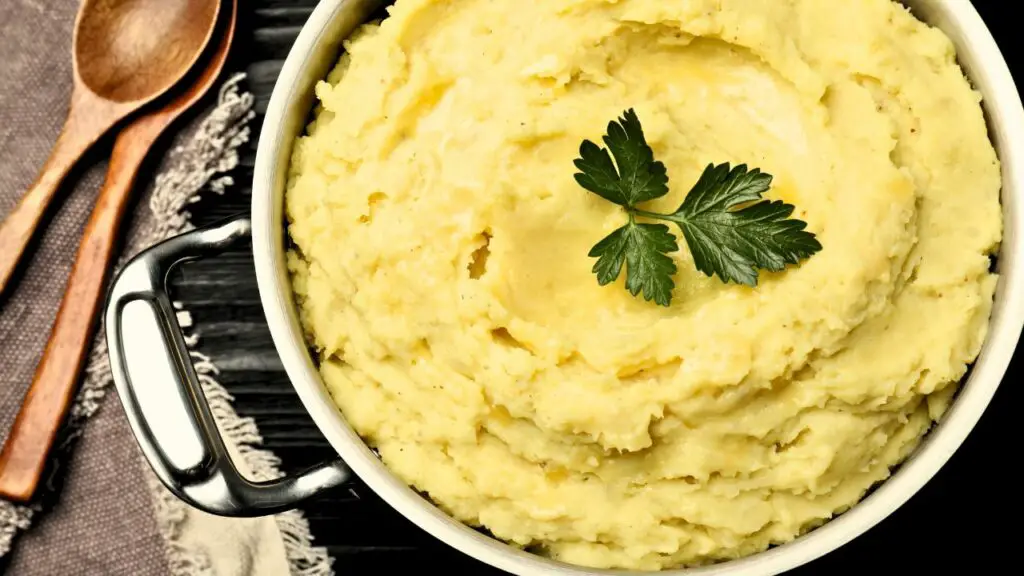
Preparing mashed potatoes ahead of time isn’t just about convenience—I really believe it actually makes them taste better. By making and storing them properly, you allow the flavors to meld, creating a more cohesive and delicious dish.
Plus, it frees up stovetop space and your own personal bandwidth on the day of the big event, be it Thanksgiving, Christmas or family dinner, or any occasion where mashed potatoes are a must.
I must tell you, having the mashed potatoes done in advance last Thanksgiving was a lifesaver. It let me focus on spatchcocking of the turkey and my kid’s favorite, double chocolate banana bread.
Tip 2: Choosing the Right Potato Variety
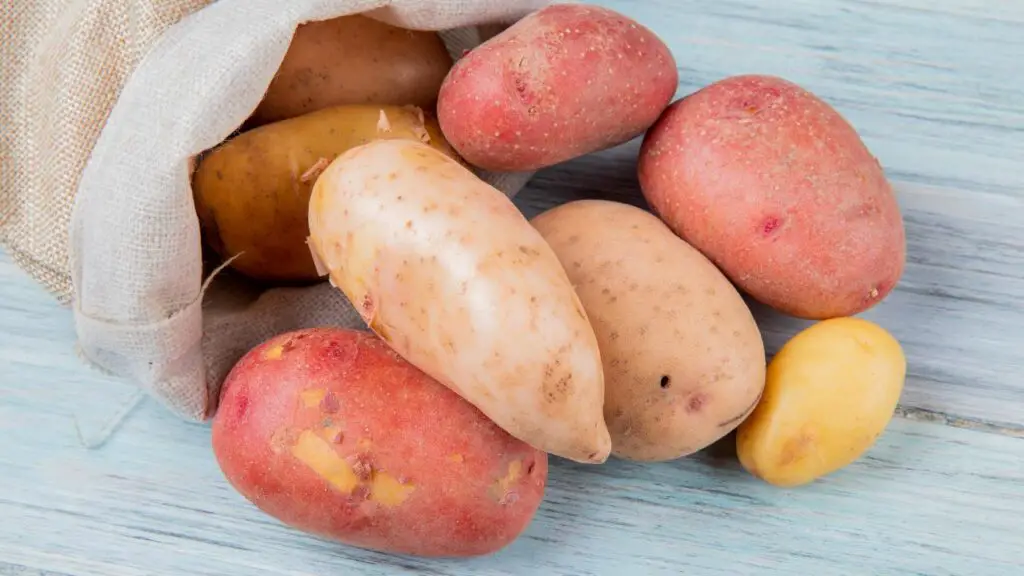
When making mashed potatoes to be eaten immediately, the type of potato you choose is crucial. But it’s even more critical when you’re planning to store them for later. Go for starchy potatoes like Russet or Idaho, as I have noticed they reheat really well and maintain their texture. Waxy potatoes like Red or Yukon Gold can become gummy when reheated.
Tip 3: Importance of Proper Cooling
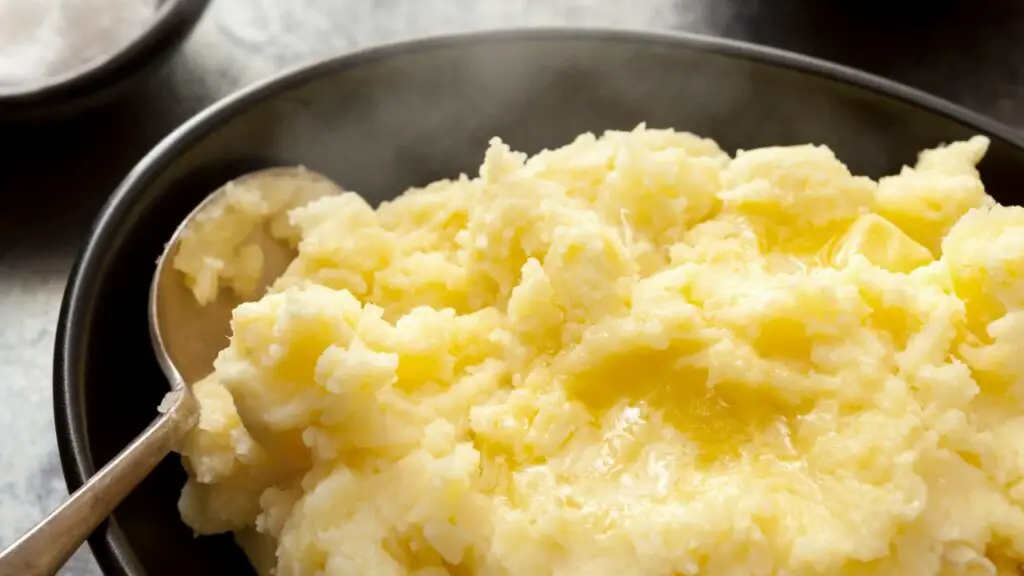
Cooling mashed potatoes to room temperature before refrigerating is essential for both optimal texture and food safety. Placing hot potatoes in the fridge can result in uneven cooling and can also raise the fridge’s overall temperature, putting other stored foods at risk. To ensure proper cooling, spread the potatoes in a shallow dish. You’ll know the mashed potatoes are cool enough for the fridge when they no longer emit steam and feel cool to the touch.
However, be mindful not to leave them out for more than two hours, or one hour in hot conditions, to minimize the risk of bacterial growth.
Tip 4: Best Storage Containers for Mashed Potatoes

The goal here is to keep air out to maintain flavor and texture. You can store your mashed potatoes in the same shallow dish used for cooling, but make sure to cover it tightly with foil or plastic wrap to keep air out.
TAP ON IMAGE TO VIEW PRICE
While not as airtight as specialized glass food containers like the one above, a pot or a casserole dish is a convenient option, especially if the dish is oven-safe for easy reheating. Just be mindful that shallow dishes can take up more fridge space, and ensure the dish is made from materials that can safely go from cooling to reheating without issues.
Tip 5: Refrigerator vs. Freezer Storage Duration
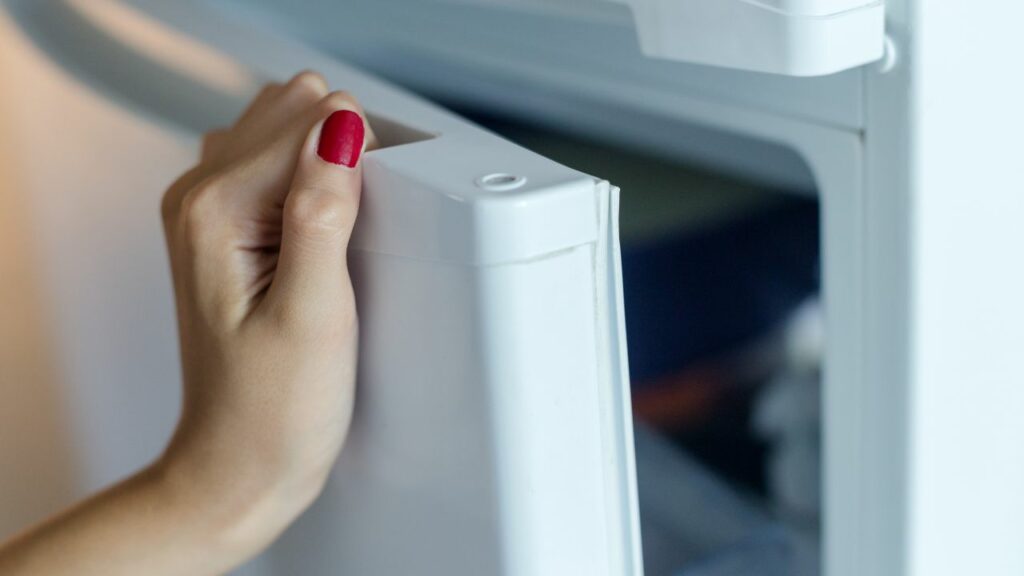
Mashed potatoes can safely stay in the fridge for up to three days, but you can freeze them for up to a month without sacrificing too much quality. However, remember that the texture can change slightly when you freeze them, becoming a bit more grainy upon reheating.
As much as I want to plan ahead, let’s skip the freezer. Trust me, they’ll taste way better if you make them a day or two before you need them and not weeks or a month even.
Tip 6: Effective Reheating Methods
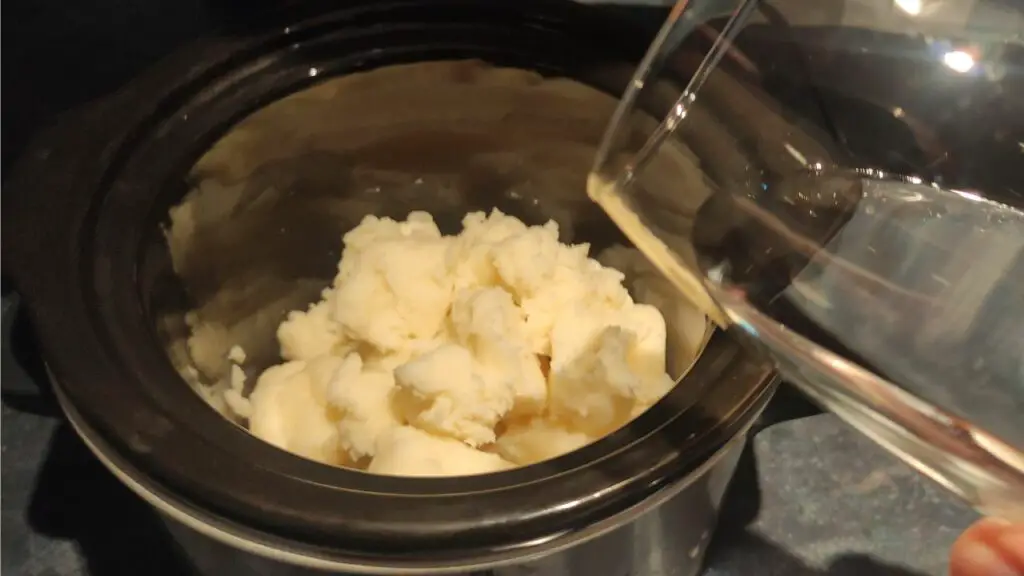
When it comes to reheating, you’ve got several options: stovetop, oven, microwave, and, let’s not forget my personal favorite—the crockpot. Each has its pros and cons. Oven reheating is even but can be a bit slow. The microwave is quick but may dry out your potatoes. The stovetop offers control but needs your constant attention.
Now, the crockpot, while it does take the longest, is excellent for hands-free reheating and keeping that creamy texture intact. So if you’ve got the time to spare, it’s a fantastic option.
Read More: 11 Tips For Reheating Mashed Potatoes In a Crock Pot.
Regardless of your method, consider adding a little extra butter or milk to bring back that original creaminess.
Tip 7: Timing for Adding Milk, Butter, and Seasonings
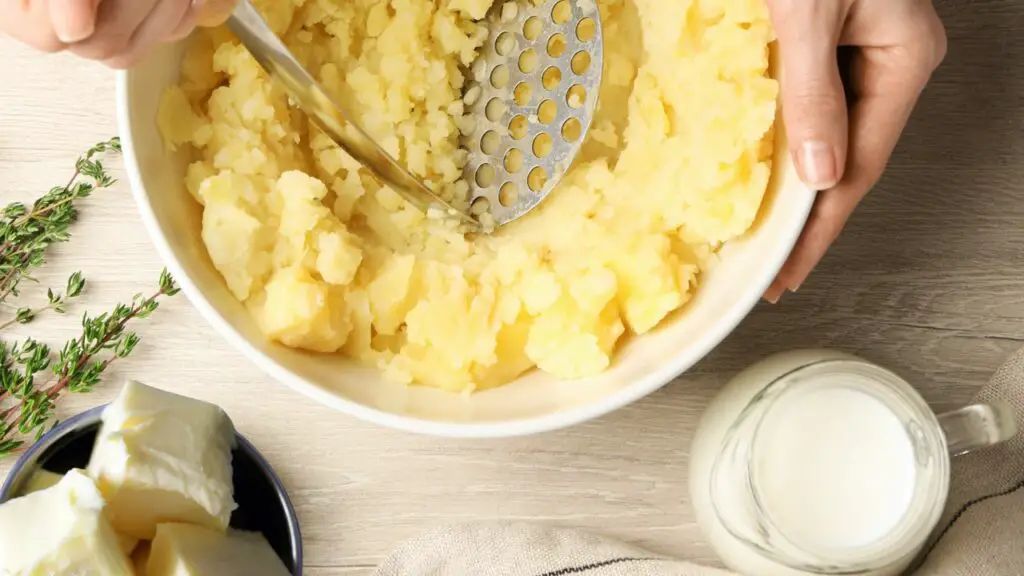
You might wonder when to add these crucial components when making mashed potatoes ahead of time. If you add them before storage, the flavors meld well, but you might need to adjust the seasoning after reheating. Adding them during reheating ensures precise seasoning and can rejuvenate the texture, but it does require an extra step.
If you’re looking to add some extra zing to your mashed potatoes, you might consider mixing in garlic, cheese, or herbs like rosemary. But here’s a pro tip if you’re making your mashed potatoes ahead of time: strong flavors might not intensify in the fridge, but they can meld together in unexpected ways.
My suggestion? For the simplest make-ahead approach, just boil and mash the potatoes, that’s it, then store them. Add your milk, butter, and other flavors only after you reheat them. This gives you the benefit of a fresh taste even when made ahead.
Read Also: Why Use Cream Cheese In Mashed Potatoes?
Tip 8: Keeping Mashed Potatoes Warm
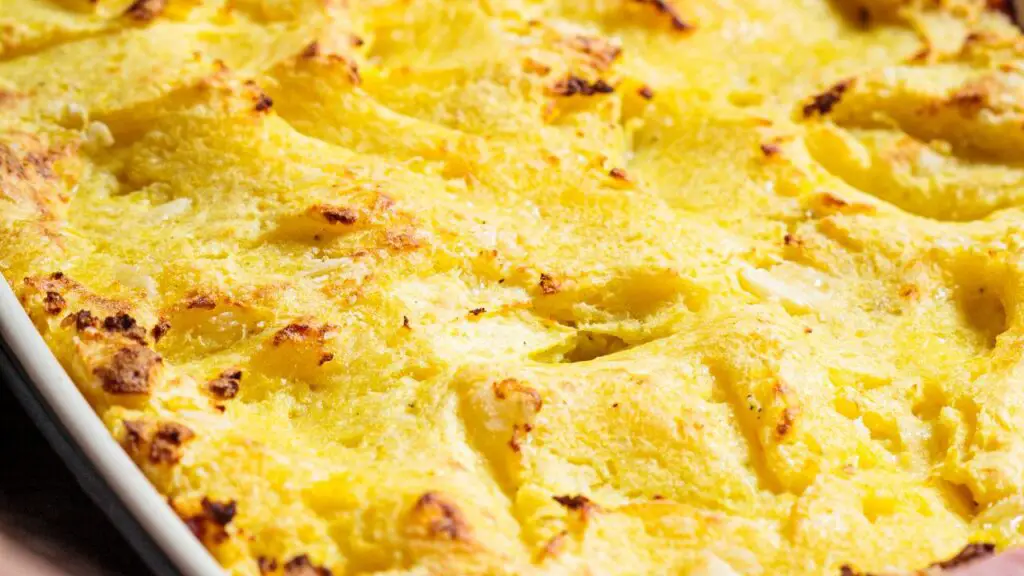
Got a delayed dinner situation? No worries—you can keep those mashed potatoes warm without turning them into a dry mess. Just pop them into a heat-proof dish and set your oven to a low temperature. If you’re a slow cooker fan like me, you can also use the ‘Warm’ setting to keep them at just the right temperature.
Here’s a pro tip to prevent them from drying out on top, especially in the oven: cover the dish tightly with aluminum foil or a lid. This keeps the moisture locked in, so your mashed potatoes stay as creamy as when you first made them.
Tip 9: Troubleshooting Common Issues

Even with the best-laid plans, issues can arise. If your reheated potatoes are dry, fold in some additional warm milk or butter. If they’ve become gummy, sadly, there’s no way back, but now you know for next time: avoid overmixing.
If you have some lumps in your mashed potato check out these easy ways to remove them here: 5 Easy Ways How To Get Lumps Out of Mashed Potatoes.
Got a flavor issue, like accidentally oversalting your mashed potato? Check out these 5 creative tips on how to fix salty mashed potato here.
FAQ’s About Making Mashed Potatoes Ahead of Time
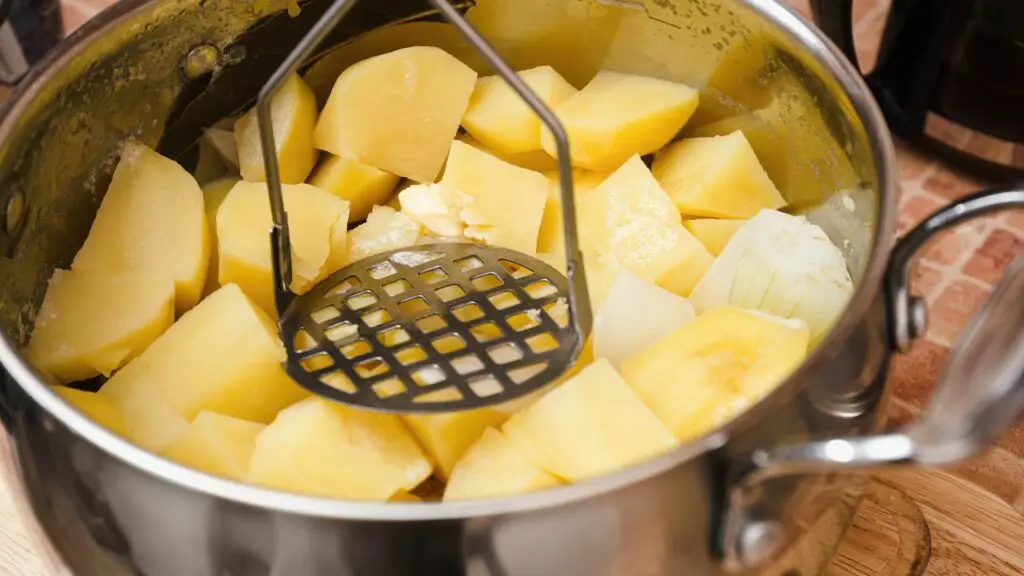
If you’ve still got questions about making your mashed potatoes ahead of time,—here are some commonly asked questions with my personal insights.
Q: Can I use any type of potato for make-ahead mashed potatoes?
A: You could technically use any potato, but if you want that dreamy, creamy texture, stick to Russet or Yukon Gold. I’ve tried others, and they just don’t measure up in the creaminess department.
Q: What’s the best way to thaw frozen mashed potatoes?
A: From personal experience, letting them sit in the fridge overnight works best. Sure, you can use the microwave in a pinch, but it can mess with the texture.
Q: How can I fix the consistency if my make-ahead mashed potatoes become too watery?
A: If your mashed potatoes are too watery after reheating, you can cook them on low heat to evaporate some of the moisture. Stir frequently to avoid sticking.
Q: Can I reheat my mashed potatoes more than once?
A: From a food safety standpoint, I wouldn’t go reheating them over and over. Do it once, eat what you can, and if there’s still more left, maybe think about repurposing them into something else like potato pancakes.
And hey, if you have more questions, feel free to ask me in the comments below or drop a comment on my YouTube channel here!
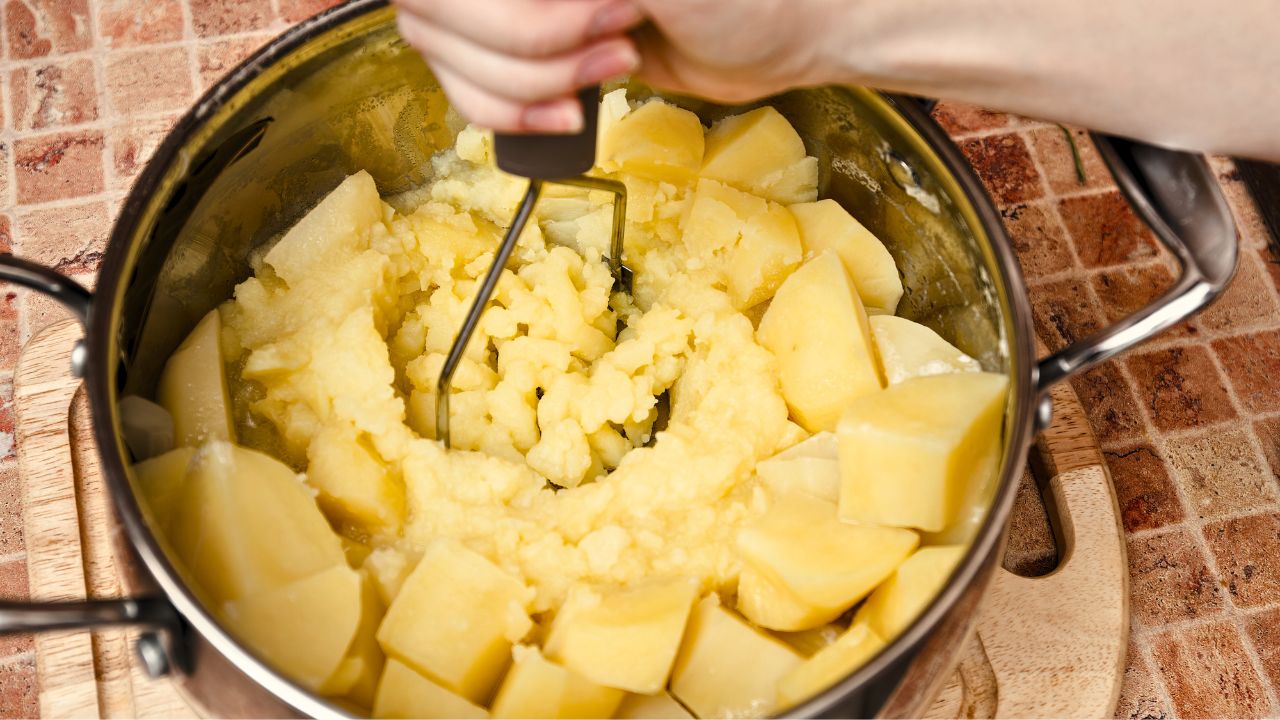

Oh, let me tell you, two days before this big dinner I was hosting, I decided to tackle the mashed potatoes early. Picture this: me, surrounded by what felt like a mountain of potatoes, peeling and boiling like there’s no tomorrow. It was chaos, a real mess, but come the day of the dinner, seeing everyone enjoying those creamy potatoes made all that craziness worth it.
Let me tell you about the time I decided to prep for my big dinner party by making the mashed potatoes three days in advance. I’m usually the kind of person who’s scrambling at the last minute, but I was determined to be ahead of the game this time.
So, there I was, in my kitchen, surrounded by what seemed like a mountain of potatoes. I peeled and chopped them, all the while thinking about how cozy and welcoming my house would feel with everyone gathered around, enjoying the food.
I boiled those potatoes until they were perfectly tender, then went to town with my trusty old masher. Added a generous splash of cream, a hefty pat of butter (because, let’s be honest, butter makes everything better), and a pinch of salt and pepper. The secret ingredient? A hint of garlic for that extra kick.
Once they were fluffy and tasting just right, I let them cool down a bit before scooping them into a large, oven-safe dish. Covered it with foil and popped it in the fridge, feeling pretty pleased with myself for being so organized.
Fast forward to the day of the party, all I had to do was take those prepped potatoes out, sprinkle a little cheese on top (because cheese, right?), and warm them up in the oven. They came out bubbling and golden, and let me tell you, they were a hit! My friends couldn’t stop raving about how delicious they were, and I got to enjoy the evening without the usual kitchen frenzy.
It was such a success, I might just have to make “make-ahead mashed potatoes” my new party trick!
If not, adding milk and butter prior to reheating in crockpot when do you add your milk and butter? When you first put in cockpot or after potatoes have reheated.
If you are reheating mashed potatoes in a crockpot, it is usually best to add the milk and butter after the potatoes have reheated. This prevents the potatoes from becoming overly runny during the reheating process and helps keep the texture smooth and creamy.
Here is how you can do it:
Place the mashed potatoes in the crockpot and warm them on low heat, stirring occasionally.
Once the potatoes are heated through, add the milk and butter. Start with a small amount of milk, as reheated potatoes might not need as much to regain their creamy consistency.
Stir thoroughly until the milk and butter are fully incorporated and the potatoes are smooth.